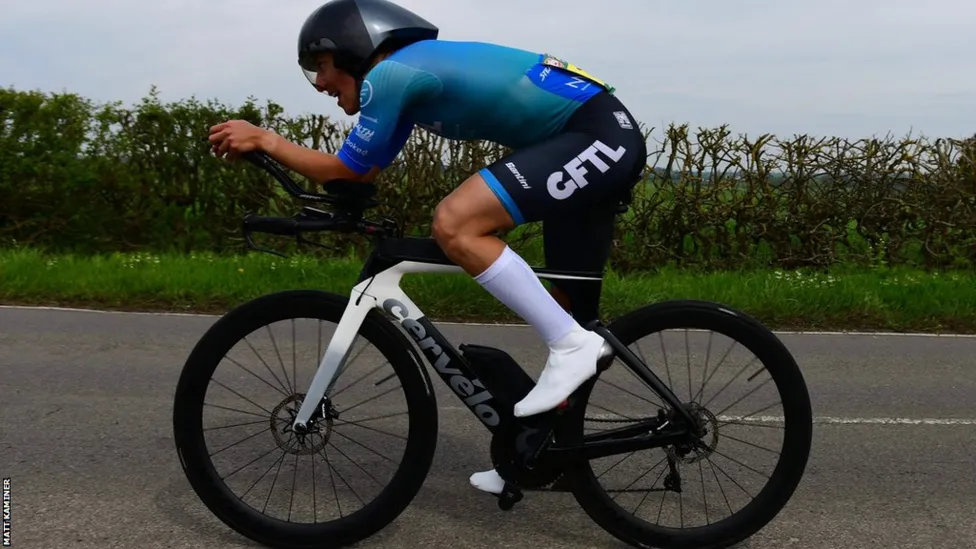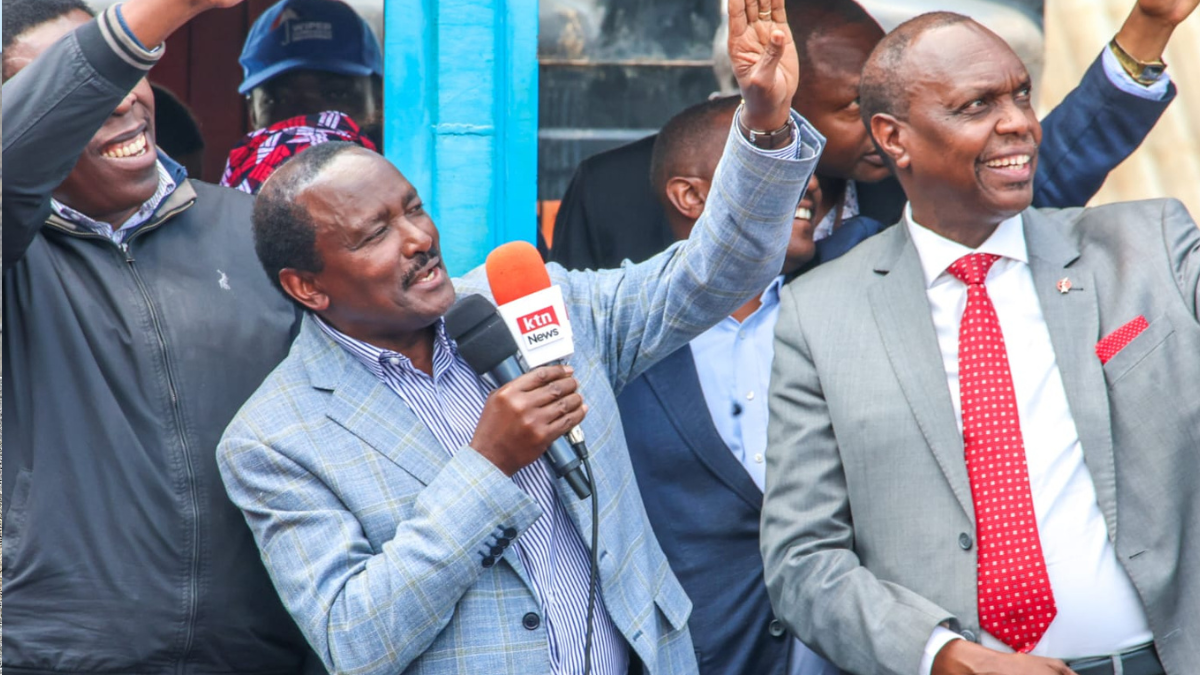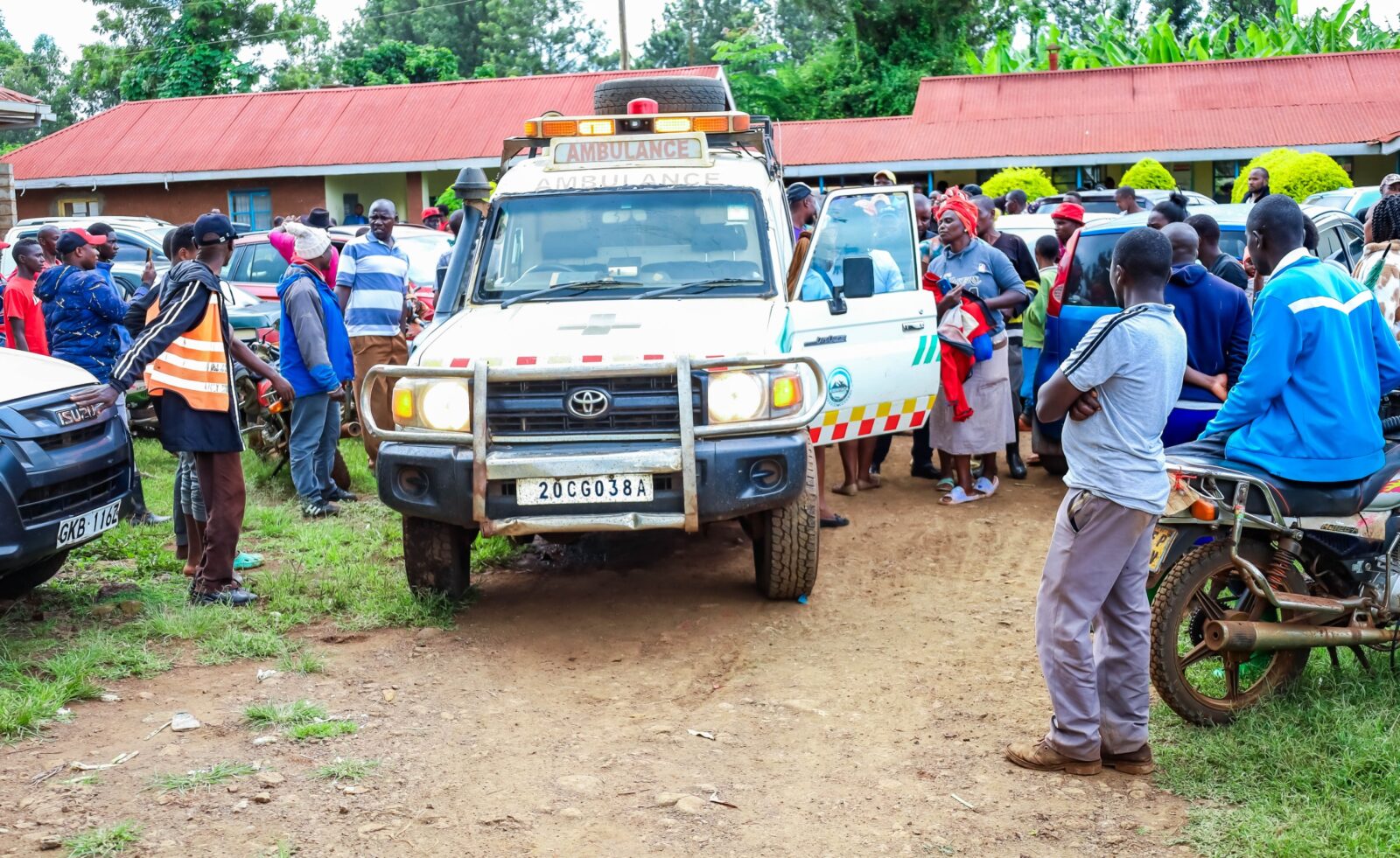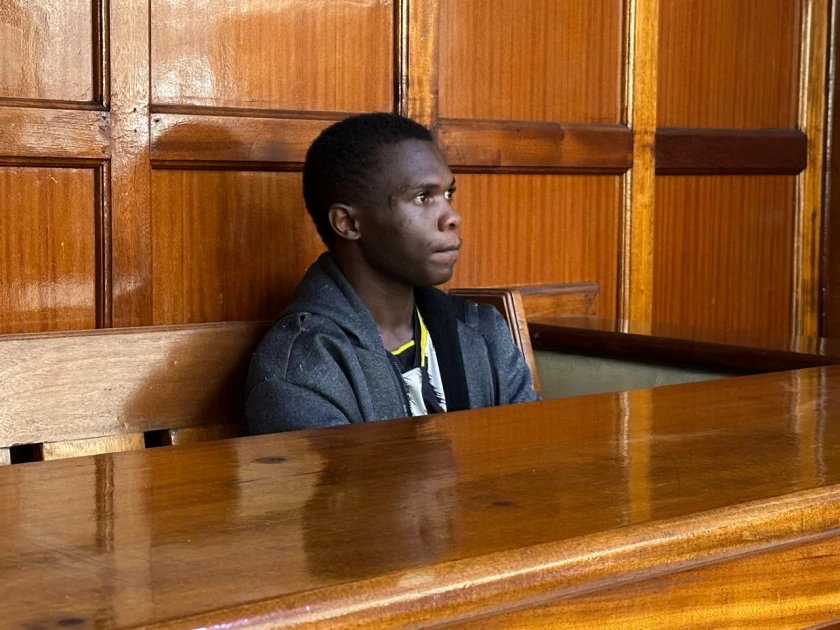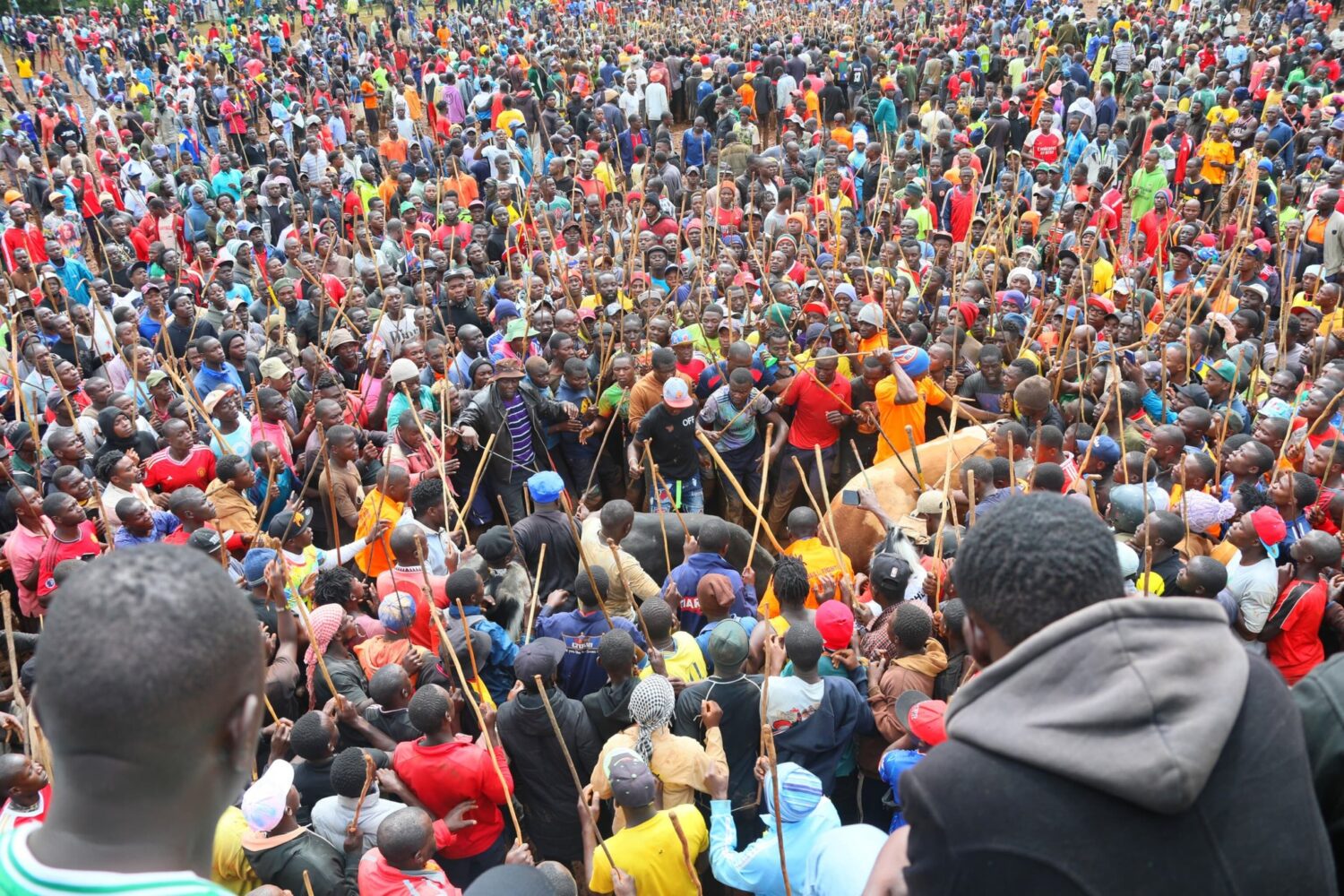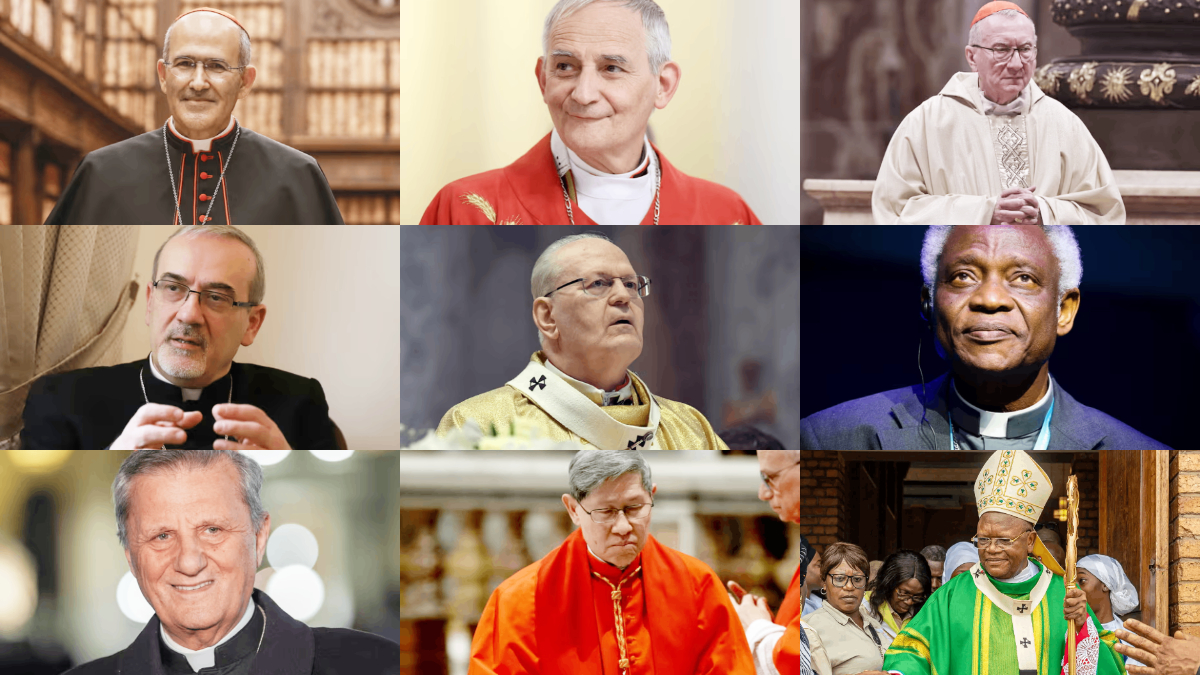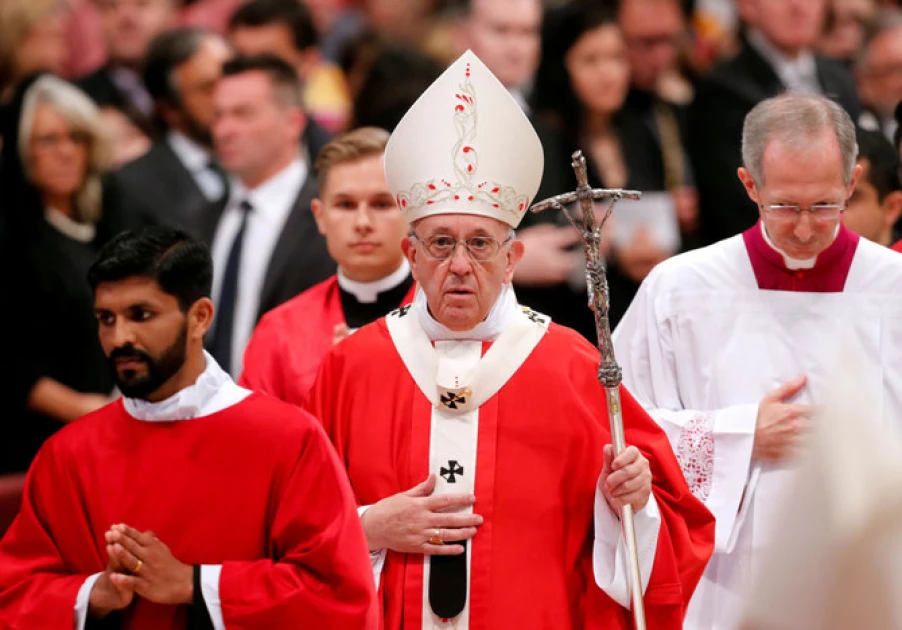Wiper party leader Kalonzo Musyoka has declared that the new university funding model is a disaster that is characterized by corruption.
Kalonzo made the remarks on Sunday August 25, 2024 while addressing large crowds at Githurai roundabout in Nairobi. He had earlier attended a Sunday Service at the Kimbo PEFA Church in Githurai.
The Wiper party leader added that he will mobilize Kenyans from all over the country to reject the higher education funding model.
“We will mobilise this country to say No! to this corrupt higher education funding model,” said Kalonzo.
“We have the experience, the determination and the prayers to stand in the gap and refuse to allow this country to go back into dictatorship,” he added.
Kalonzo also explained that if he becomes president, he will ensure free secondary school and university education.
His remarks emerged at a time when parents, students and various stakeholders in the education sector including university lecturers raised concerns regarding the transparency and inclusivity of the new system.
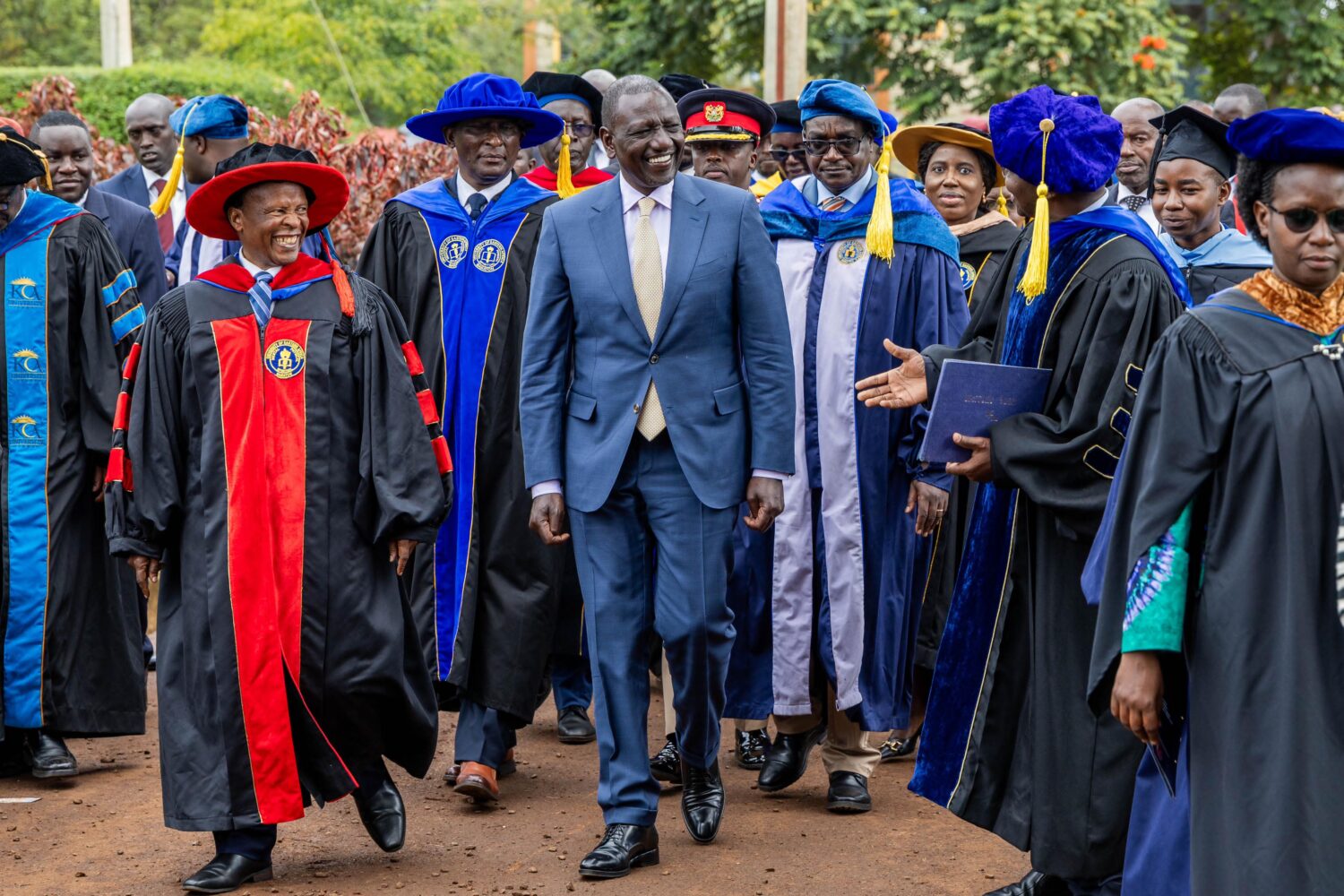
He reminded the crowds that under President Mwai Kibaki, the government implemented the successful Free Primary Education on day 1 that has produced the Gen Zs who have revolutionized the country.
“Because of Gen Z and the Millennials, Kenya would never be the same again,” said Kalonzo.
At the same time, Kalonzo questioned the recycling of fired ministers and designating them in the Executive Office of the Presidency after Gen Zs had successfully routed them out.
“If they try to bring back The Finance Bill, 2024 we will go back to the streets,” he said.
Meanwhile, President William Ruto on Sunday evening hosted students for a town hall meeting to explain the new funding model and how it was transforming the education sector.
During the meeting with President Ruto, a section of the students raised concerns about the formula behind the banding of students according to the income of their parents.
“The new student-centred funding model has 5 bands. The banding did not start with this model. We started the banding in 1996.
There has always been banding. I know there is a push that maybe this banding started with this model, it did not, it has always been there. All we did, instead of having 4 bands we made it 5,” Ruto explained.
The students and their leaders used the opportunity to ask the president questions, seeking to understand the funding formula.

